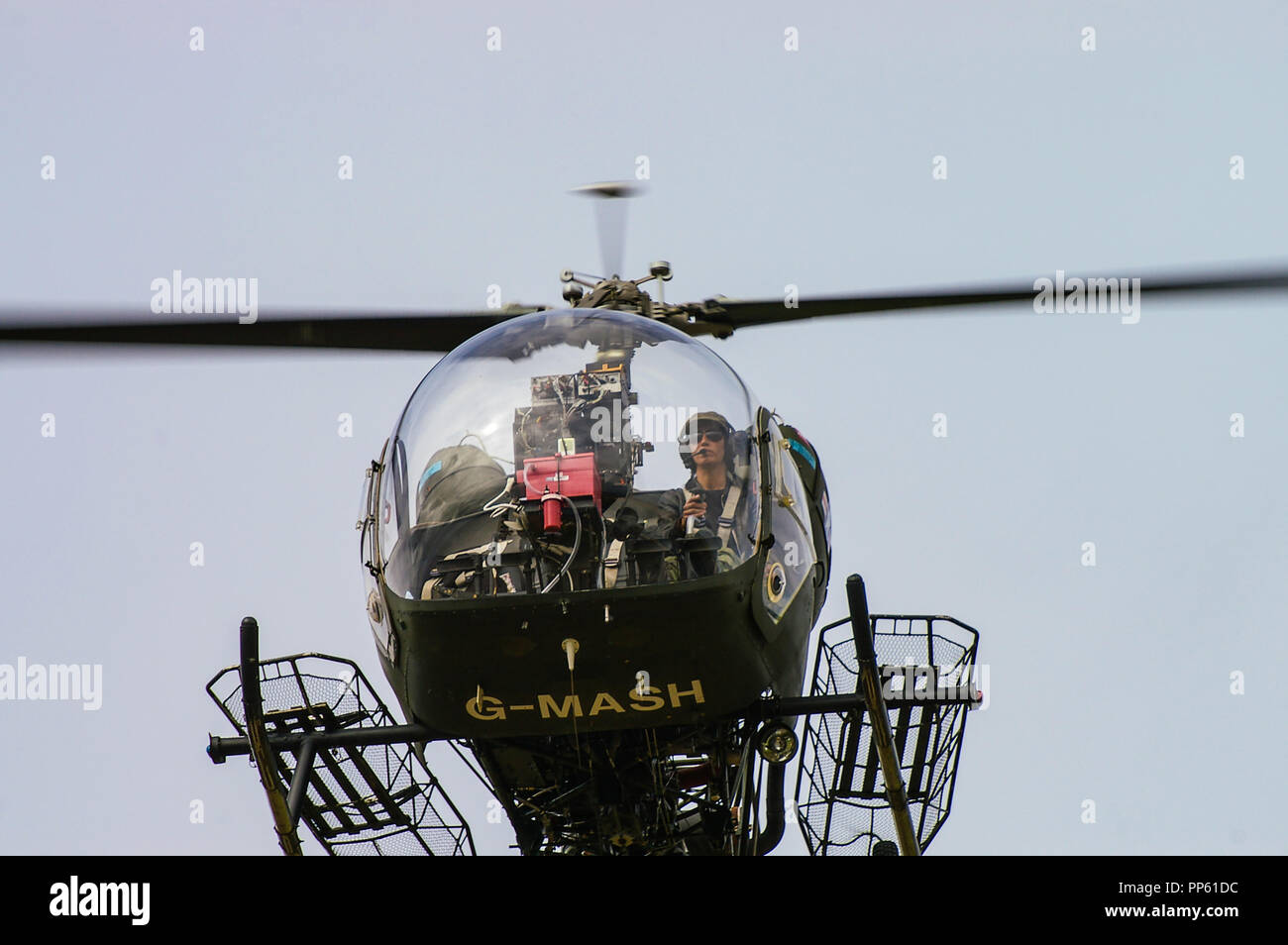
Aeromedical evacuation was initially the responsibility of the Air Force, which utilized large aircraft to transport patients to hospitals in the rear. Major advances in patient transport and evacuation occurred during the Korean War. To meet new challenges, inpatient bed capacity rose from 60 to more than 200 beds, with more vehicles, tentage and equipment added to each unit. Your life is worth living. MASH units underwent rapid transformations from the Army’s original “Table of Distribution and Allowances” to support the large influx of patients. The 8076th MASH soon followed and landed in Pusan. The 8063rd MASH, supporting the famed 1st Cavalry division, was the first medical unit to enter Korea. MASH units were able to rapidly deploy and quickly adapted to the rugged Korean terrain. Army surgeon, quickly dispatched MASH units to Korea to provide medical support. military medical units had any experience in northeast Asia.

During the Korean War, the experiences of these MASH units translated to improvements in resuscitation and trauma care, patient transport, blood storage and distribution, patient triage, and evacuation.Īt the beginning of the Korean War, very few U.S. Ten MASH units supported four Army divisions (15,000 to 20,000 soldiers per division) at positions throughout North and South Korea. One of the defining aspects of the Korean War was the use of the MASH.

This led to the Korean War, which lasted nearly three years. On Sunday, Jthe North Korean People’s Army crossed the 38th parallel into South Korea. However, the war did provide helicopters the opportunity to prove themselves conceptually, leading to their widespread usage in Vietnam, in later conflicts, and ultimately in civilian health care systems.The Mobile Army Surgical Hospital: The Korean War – The War that Defined the MASH

Helicopters did not appreciably decrease the average time from wounding to surgical care, nor did they evacuate a statistically significant number of casualties, and ultimately, they had minimal effect on military medicine. Military policy forbade rescues from the front lines, and interhospital transfers comprised a significant percentage of their missions. Technological constraints limited their efficacy. There were relatively few helicopters in the country, and a combination of mechanical and personnel issues kept many grounded. Medical evacuation helicopters entered the war late, after the United Nations forces had suffered the majority of their casualties. This study incorporated a thorough review of the original source documents dating to the Korean War that are housed in the National Archives, the Military History Institute, and other repositories. We sought to investigate their role in military medicine during this conflict. Because of M*A*S*H and other popular portrayals, helicopter evacuation of casualties has been closely linked to the Korean War.


 0 kommentar(er)
0 kommentar(er)
